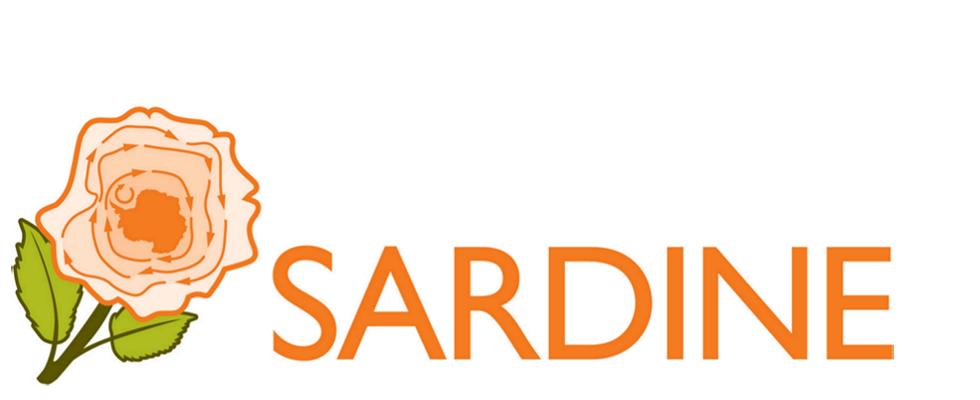by Maren Richter – UEA
Even though the focus of the PICCOLO cruise is biology and chemistry, one of the core instruments on the ship is the CTD, the physical oceanographer’s workhorse. CTD stands for conductivity, temperature and depth and it measures the physical properties of the ocean water: how salty is it, what temperature does it have and at what depth was the measurement recorded. From this we can then calculate things like density (important for how and where the ocean water moves) and tell where the water came from (is it very fresh and cold? Probably meltwater at the surface. Is it warm and salty? Probably water that came here all the way from the sub-Antarctic and subtropics. Is it very salty and very cold? This is water that forms when the ocean cools enough to form sea ice. The ice is fresher than the ocean water it is formed from and the salt that gets expelled from the ice during formation makes the ocean beneath more salty.

Our CTD also has an instrument on it that uses sound to measure velocity. It is called an acoustic Doppler current profiler or ADCP for short. It works by emitting a sound wave and then listening for the echo. The sound gets reflected from tiny particles in the water, plankton or sediment, and depending on which way the particles are moving at the time, the echo has a higher or lower sound frequency. This is the same effect that makes the claxon on an ambulance sound different when it is driving toward you compared with when it is driving away from you. With the combination of CTD and ADCP we can now tell how (and roughly where) the water was formed and the speed and direction it is moving at currently. We also have a lot of additional instruments attached to our CTD, sensors that measure oxygen, light and chlorophyll in the water are some examples.
For everything that we cannot measure directly from sensors, we take water samples. The CTD frame has 24 20-litre bottles attached to it and the CTD operator can close them as the CTD comes up through the water column at whatever depth they like. The water then gets sampled by the different research teams on board to test for nutrients, calcium carbonate, oxygen, phytoplankton, trace metals, radium,… Every time we collect water with the CTD we bring up 480 litres, almost half a tonne of water! Sometimes not all the water is needed and the deck crew have to sweep all that water out of the science hangar after the bottles have been emptied straight onto the deck! The deck of the SDA is kept nice and clean with all that scrubbing.

On PICCOLO we measure the water column from the surface to the sea floor every couple of miles along a straight line from the deep ocean onto the shallower regions close to the coast. Each time, the ship has to stop, and we lower the CTD into the water on a very long wire. It can take up to 4 hours for the CTD to be lowered from the surface to the bottom of the ocean and back again. The ship has to try to stay in the same place all that time, which can be difficult in strong winds or when there’s lots of sea ice around. Our data show us how the water properties change from deep to shallow regions, how much water is transported in the currents that flow along the slope between the deep ocean and the coast, and which direction it is going. This can then be combined with information on the plankton and krill we find to show which areas have more or less animals and plants and take up more or less CO2.
Because we steam along day and night and some of the teams collecting water samples need to collect them in darkness, we have both a dayshift and a night shift operating the CTD. Luckily the period in which it is really dark is only five hours or so. The night team does get to see some light at the edges of their shift.


Crew members Gethyn and Joe. Photo by Katy Cartlidge – BAS
 RoSES
RoSES






